Alaska Airlines was recently quoted as saying that they are now planning to keep flying the now up to quarter century old Boeing 717 fleet interisland for more than five years! That comes as somewhat of a surprise to us here, although if that is the truth, such a decision would appear to be driven solely by financial circumstances. This quote also struck us as odd given that Hawaiian Airlines previously indicated it was planning a fast approaching mid-decade decision on fleet replacement.
Read on for the passenger experience on the Boeing 717 vs the Boeing 737 MAX.
Hawaiian Airlines has long maintained its affection for the Boeing 717 interisland planes, a sentiment reiterated by the airline, its executives, and highly esteemed pilots over the years.
“From a safety stand point though, my take is all the critical components that effect safety are changed regularly, they are new. The airframe is scrupulously inspected on a regular basis. What makes them no longer economically viable is the cost of parts continue to rise over time.”
Hawaiian Airlines pilot
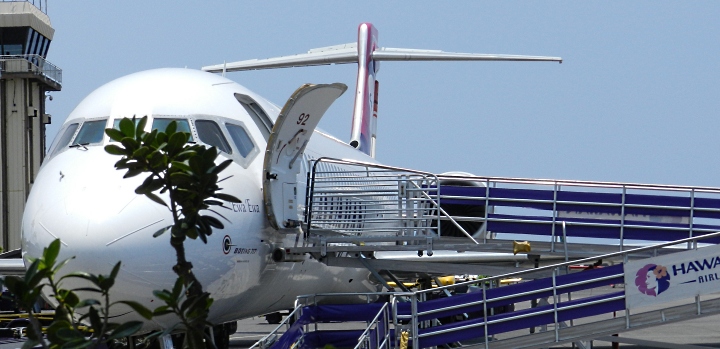

Highly reliable, safe fleet with low cost for Hawaiian over the past 25 years.
The planes have deservedly earned a reputation for high reliability and low maintenance costs. Nonetheless it is an old plane, and as such, Hawaiian and its new owner Alaska Airlines are now poised to become the only airline in the U.S. still operating this aircraft. Delta, currently the only other 717 carrier in the US, is scheduled to replace this fleet quickly, with that now planned to occur within the next 24 months.
Hawaiian’s pilot community consistently praises the reliability and performance of Douglas designed aircraft, contributing to the airline’s long-standing satisfaction with the fleet.
Despite the age of the 717 planes, Hawaiian maintains a superior reputation for safety. The airline has almost a century of flight experience with no major incidents since 1929.
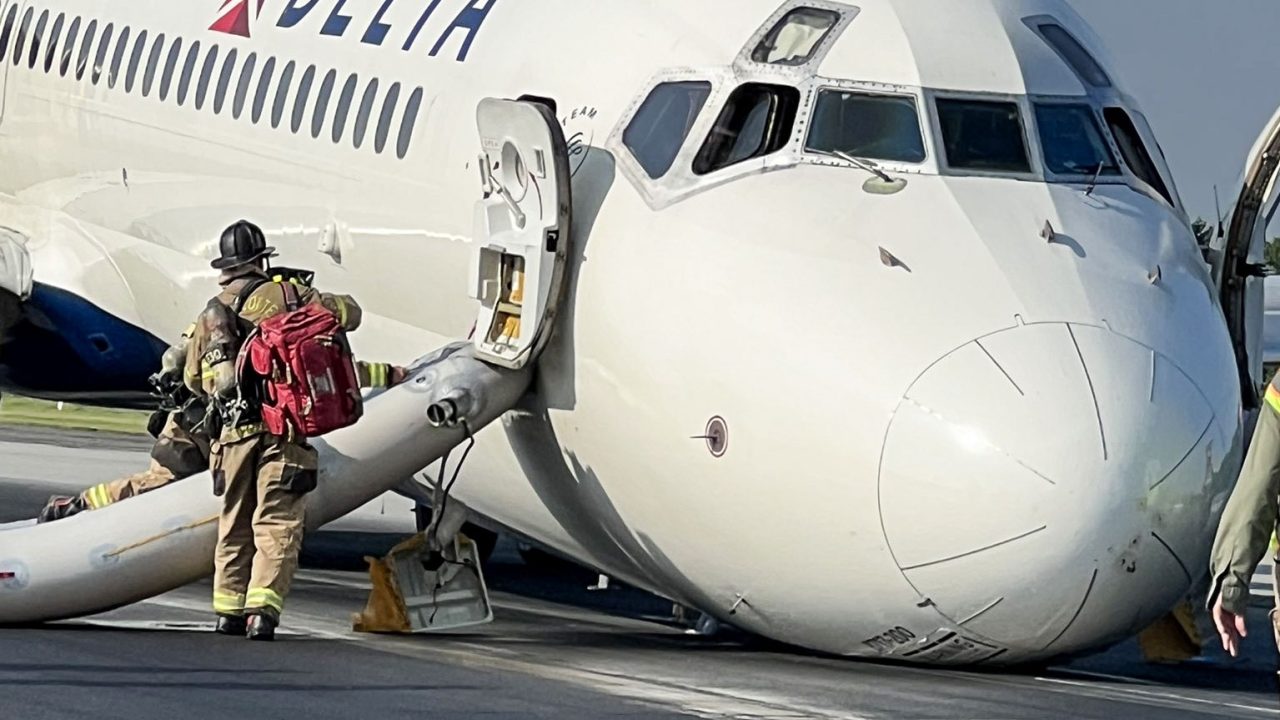

First significant Boeing 717-200 incident occurred in 2023.
The Boeing 717 is considered a safe and reliable plane. To date it has been involved in few incidents and there have been no fatalities and no hull losses associated with the plane. An incident that Delta had recently is the only major one to date.
In the Delta event this summer, their Boeing 717-200 (N955AT), aged 22 1/2 years, was en route from Atlanta to Charlotte (flight DL1092) with 104 passengers and crew. During the approach to runway 36L at CLT, the crew received an unsafe nose gear notification, prompting a go-around. Despite efforts to resolve the issue, the nose wheel problem persisted, leading to an emergency declaration and the request for standby emergency services. The aircraft executed a “low approach,” circled for another attempt, and remarkably made a successful landing without the nose gear, approximately 12 minutes after the second go-around and over 30 minutes after the initial detection of the problem. Fortunately, no injuries were reported.
Boeing 717 was the McDonnell Douglas MD-95.
This plane was not built by Boeing. Instead the aircraft underwent a re-brand to become the Boeing 717 following Boeing’s acquisition of McDonnell Douglas. Boeing did assume the marketing and manufacturing for the fleet, but the aircraft design is that of McDonnell Douglas. The 717 has played a crucial role in Hawaiian’s interisland operations for a quarter century, following its replacement of earlier generation DC-9 planes.
Alaska says that Hawaiian 717 fleet has had a “life extension.”
Alaska was quoted as stating that as a result, the planes could and would continue flying for them.
Nonetheless, aircraft flight hours and the number of take-offs and landings (cycles), are essential elements in assessing a plane’s overall condition. These planes, dedicated to shorter interisland flights, have amassed high cycles due to the frequent take-offs and landings.
“The 717’s can perform 12 or more cycles per day. A plane that’s 25 years old flying 12 cycles per day would have already amassed 109,500 cycles… The planes were built for a typical service life of 60,000 cycles. That being said, the life can be extended significantly by a variety of factors including maintenance, operating conditions, and modifications… Hawaiian Boeing 717s represent some of the highest flight cycles globally.
Beat of Hawaii
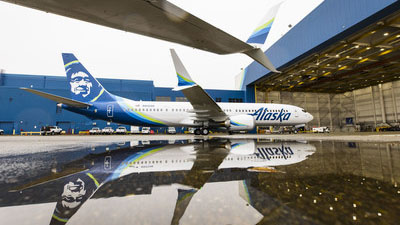

Previously Alaska said it could replace 717 with Boeing 737 MAX.
Their recent investor report stated the 717 fleet “could eventually be replaced by 737.”
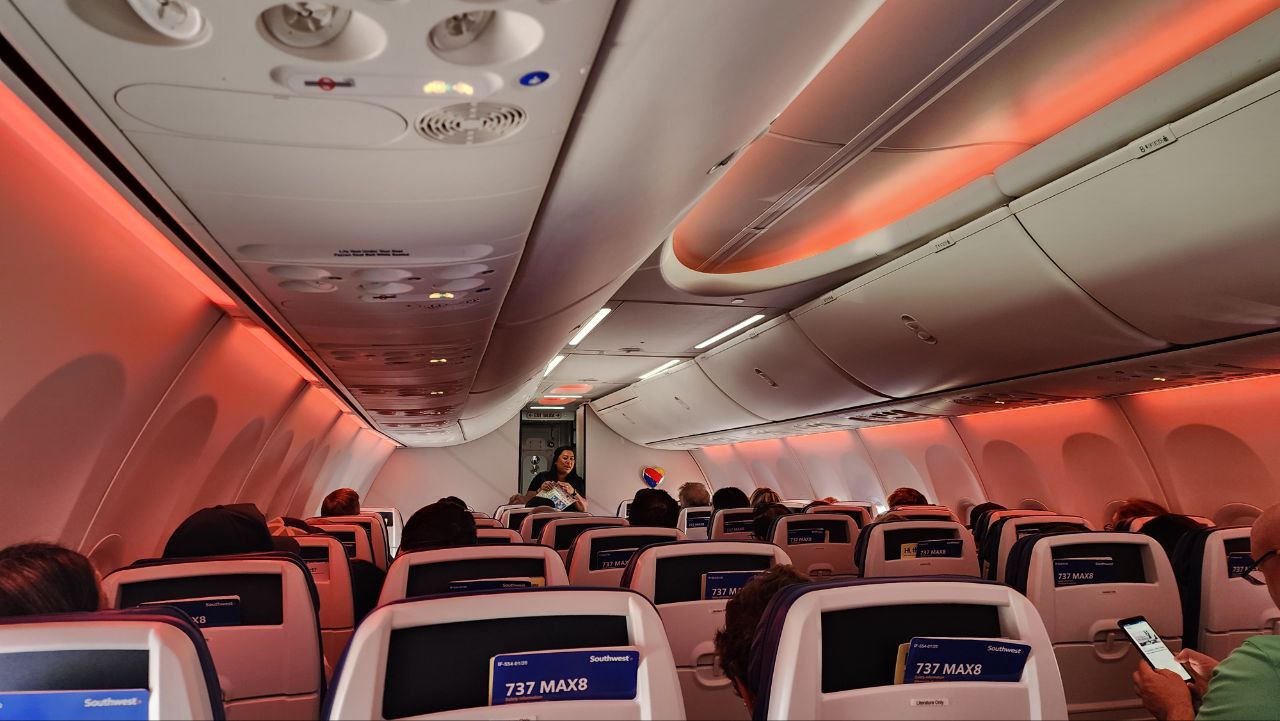

717 vs 737 MAX from a customer perspective.
Any further Boeing 717 fleet retention would benefit the airline rather than the customers. From the viewpoint of passengers, the 717 fleet is clearly showing age, with visible customer-side limitations and wear and tear. We flew on the planes again in the past two weeks, and noted that clearly. The planes are tight, with old and smaller luggage bins, and are very noisy, among other issues. As times have changed, we remember when these were brand new, and how we remarked about the quietness among other benefits, when compared with the prior generation of Hawaiian DC-9. But 25 years later, comparing them now to the new Boeing 737 MAX, these 717s are are very loud and also less comfortable. Even sitting directly at the engine on the 737 MAX, the cabin remains significantly quieter than sitting anywhere on the 717.
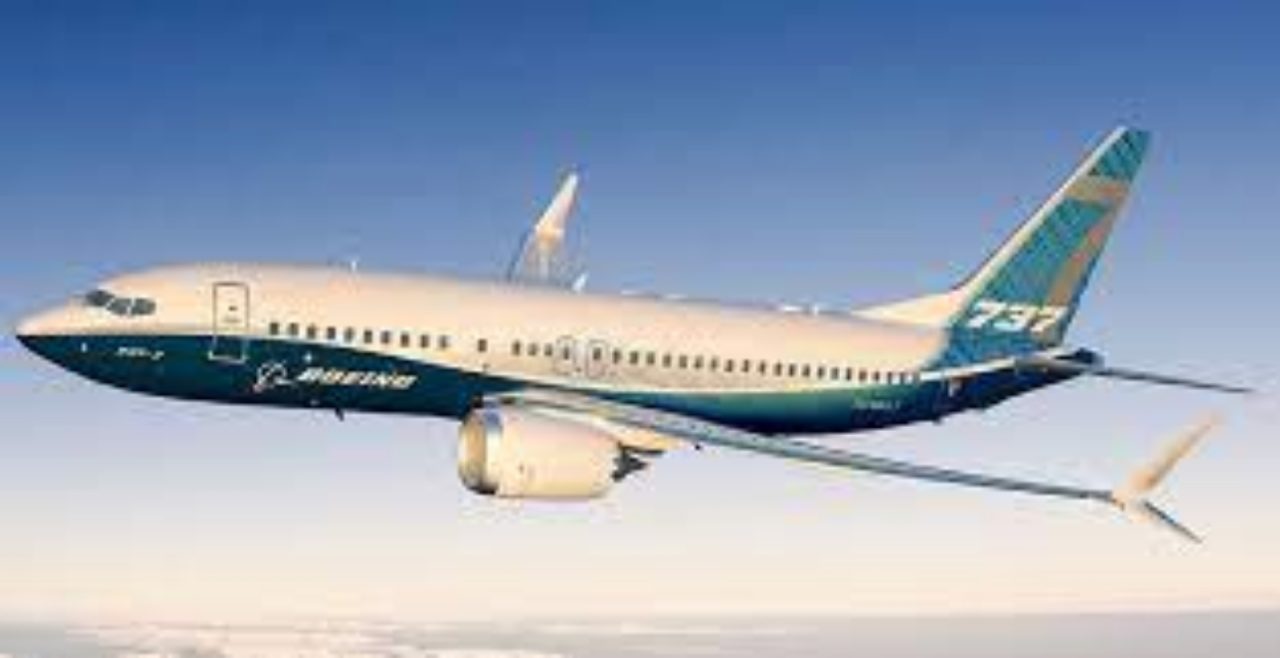

Alaska/Hawaiian is a staunch supporter and customer of the Boeing 737 MAX.
Alaska, like Southwest, is a huge advocate for 737 MAX. It plans to operate no fewer than 250 of these planes by the end of this decade. Not only that, but the company noted that “In 2023, a new 737 MAX will be delivered approximately every 10 days.”
So it seems clear to us that Alaska would choose to replace the 717 fleet as it previously indicated it could, with 737 MAX. Has that plan changed?

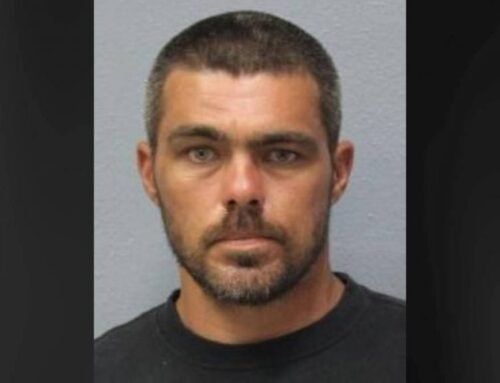
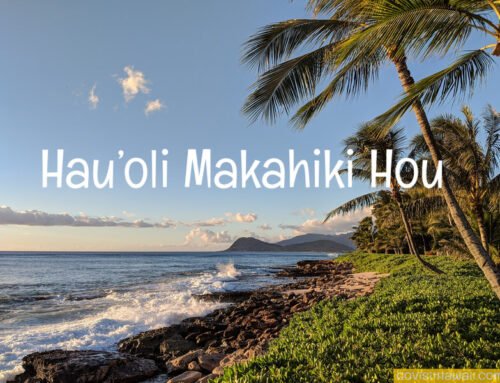

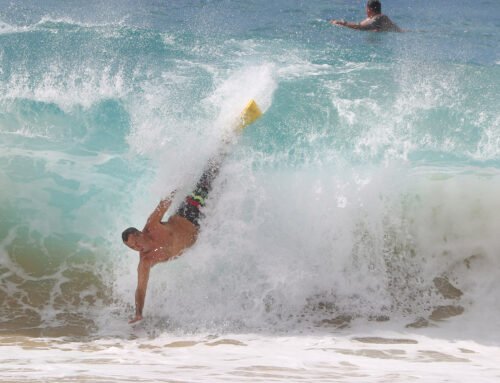

Leave A Comment